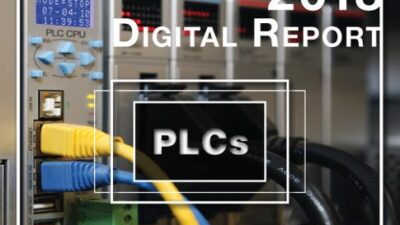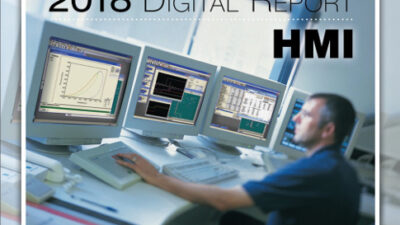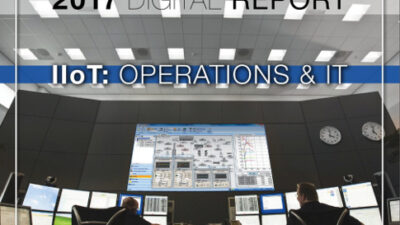Project: Biopharmaceutical filtration automation
This project involves the development of an automated filtration process for a new biopharmaceutical facility. The filtration process consists of a fermentation, during which the host organism secretes the recombinant protein product, followed by recovery and purification of the protein. Our particular piece of the project is the automation of two process filtration modules (or skids). One skid is referred to as microfiltration (MF) and the second is ultrafiltration (UF).
Filtration in the process occurs via tangential flow (often referred to as TFF), with the only major difference between the two modules being the membrane filter pore size (the MF skid has the larger pore size). In the process flow, the MF skid will receive broth from the fermentors and perform microfiltration. The product from the MF will be transferred to the UF skid for ultrafiltration. The principal process difference between the skids is that for MF, the product stream is the permeate flow (liquid that passes through the membranes). In UF, the product is the retentate stream (the molecules retained by the membrane—in other words, the ones that did not pass through). Each skid will be required to undergo an automated cleaning and sanitization prior to use and they also will communicate with other equipment in the facility, such as fermentors upstream of the MF and the common clean in place (CIP) skid.
Contractually, our order is with the equipment supplier; we are acting as a subcontractor for automation software and field commissioning. The commissioning will include a factory acceptance test (FAT) at the equipment supplier as well as field start-up at the new facility. Our schedule is based on delivering tested code to the equipment supplier for the FAT, which is currently scheduled for October 2005.
Hardware requirements for the project are to use
User requirements stipulate that each skid must have manageable recipes for cleaning, sanitization, and production. The recipes should be configurable at the HMI or at the engineering workstation. In order to satisfy this requirement, we quoted and will implement our BatchEM solution, which is a light-weight recipe management tool designed for skid applications. BatchEM will provide the client with the desired flexibility and ease of use, without the bulkiness and cost typically associated with off-the-shelf batch software (more information about BatchEM is available at our Website newsroom www.cascon.com ).
The automation design we perform will be per S88 guidelines and validated for use in a cGMP (current Good Manufacturing Practices) facility per GAMP (Good Automated Manufacturing Process) guidelines.
|
John Sever |
Jeff Boesiger Director of West Coast Operations
|
The project kick-off meeting occurred at the client site in April and now our resources are mobilized and ready to start working.
This blog is being co-authored by two principals from Cascade Controls involved in the project: John Sever, president and co-founder, and Jeff Boesiger, director of west coast operations. Cascade Controls is a system integration firm with expertise in integrated process and automation engineering for a broad spectrum of process industries.
Be sure to check in with us each week to see how things are going!
Editors note: For more information on cGMP, visit www.cgmp.com/resources.htm ;
for GAMP, visit www.ispe.org/gamp .


